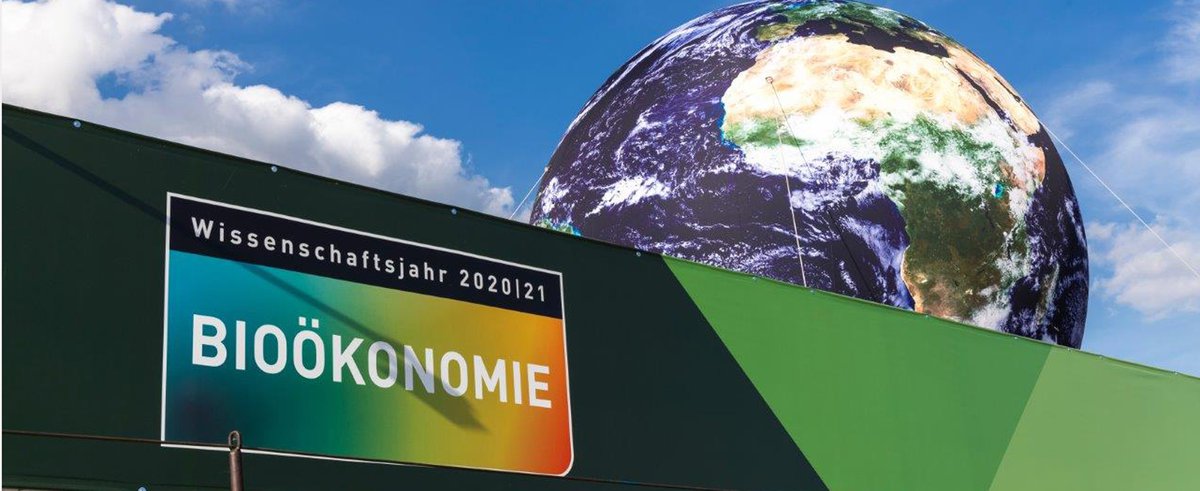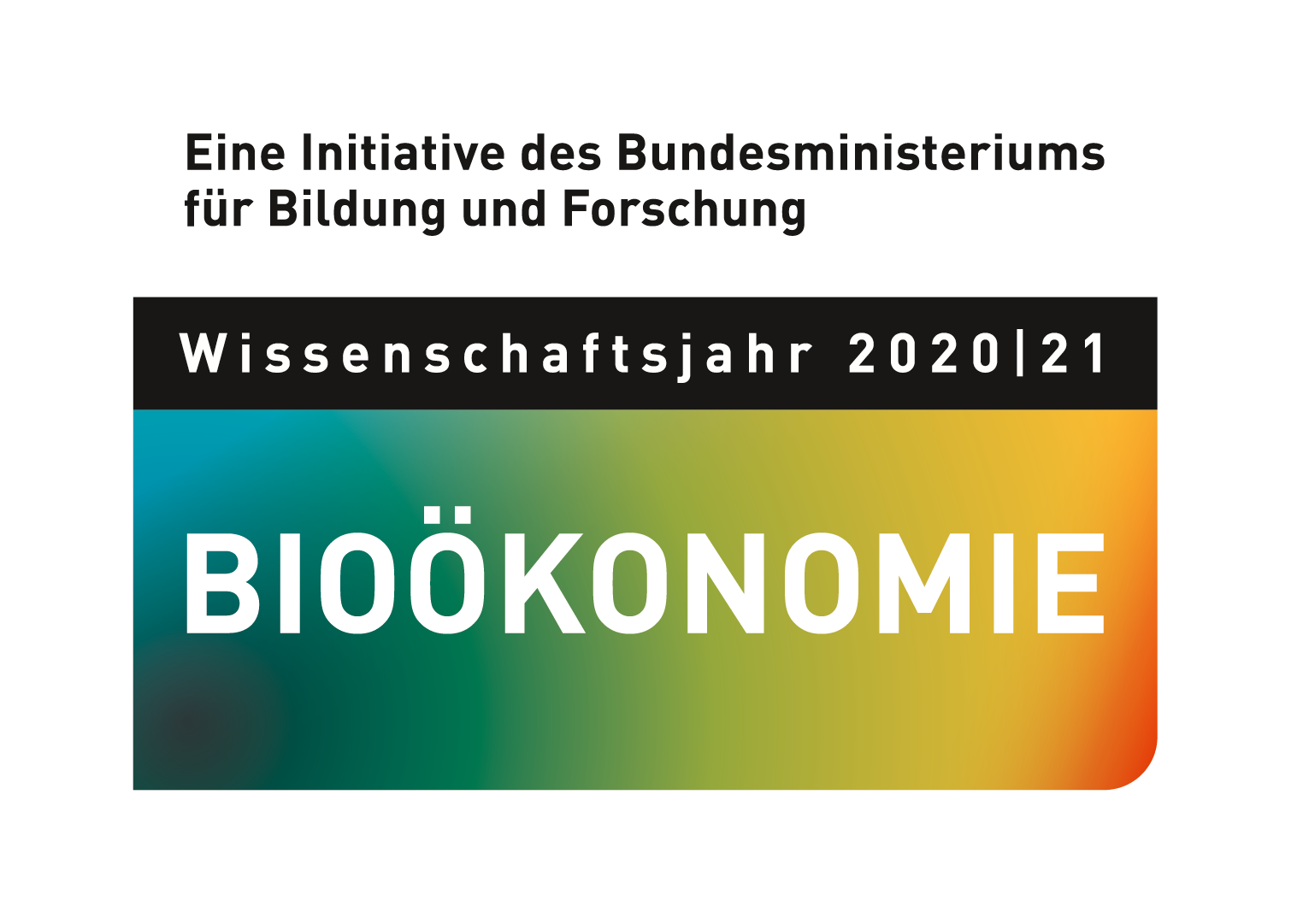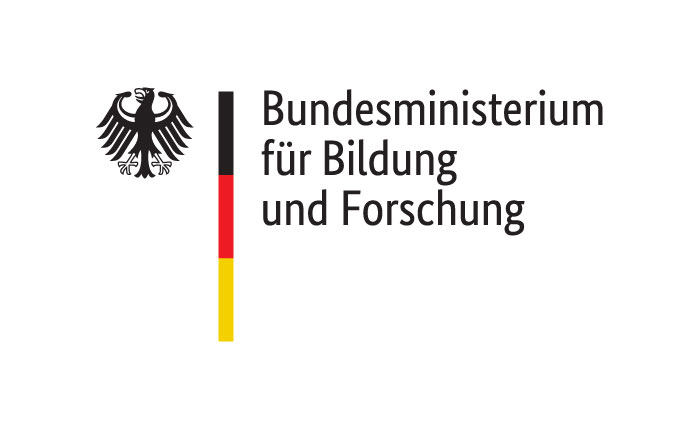Under this umbrella term, different approaches to thinking and acting are bundled. All of which are aimed at a bio-based economy. The resources used in the bioeconomy come from nature, i.e. plants, animals, or microorganisms. Examples are fuel from algae or plastic from plant starch. However, it is not only a matter of developing new processes and technologies to be able to do without fossil raw materials such as petroleum and coal in the future. For example, scientists are also working on the question of which agricultural systems and breeding methods are best suited to feed a growing world population in times of climate change.
The aim of the bioeconomy is the sustainable use of renewable, low-emission, and adaptable raw materials. The concept of recycling is a central element of the bioeconomy concept. The materials and substances should be used as long as possible and then be recovered and reused. They should not end up as waste in landfills or incinerators.
But a bio-based economy also presents us with challenges: The renunciation of fossil raw materials increases the pressure to use agricultural land. This means, there will be an increasing land-use competition between agriculture used to feed humans and animals and bio-based fuels. So, what can a functioning bioeconomy look like? Which methods, processes and technologies will make it possible to do without fossil fuels in the future while not overloading the soil? What kind of rethinking must take place so that we succeed in the change towards a sustainable bio-based economy? In addition to technological solutions, social and political commitment is also necessary to successfully manage this transition.



